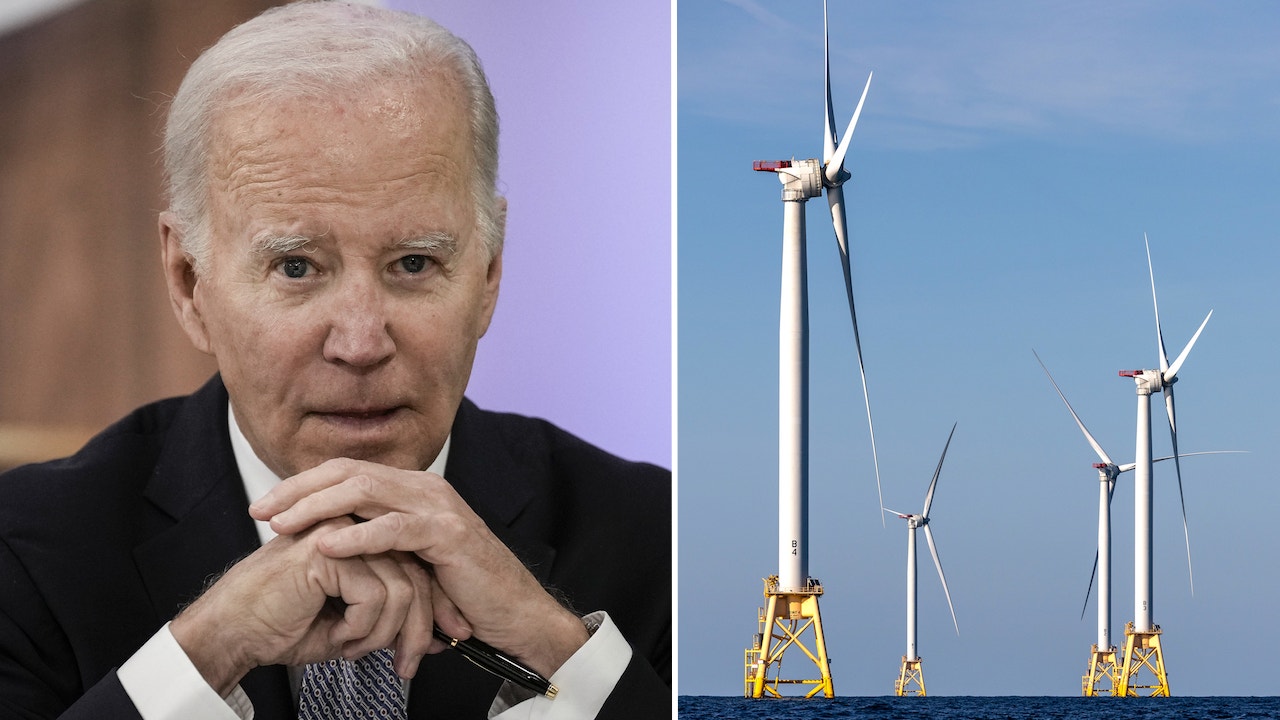OVERKILL
$100 Site Donor 2021
A couple of events that didn't make it into my previous update thread.
- The board of OPG approved the refurbishment of Pickering B. This is huge. The government now has to determine whether to proceed. Since they were the one who requested the feasibility study surrounding the project, it is highly unlikely that the project will not proceed. Costs are not known (publicly) at present, but it is expected to cost more than the Darlington A refurbishment due to the amount of work involved. This is a larger project, with more components that need to be replaced, including 48 steam generators. On the flip side, the units will all be over 40 years old before refurbishment starts, so this will buy them another 50 at least, which means 15 more years of power production before refurbishment than at Darlington, and post-refurbishment operation will also be longer.
This is a great video of what it's like inside Pickering:
A quote that resonates deeply with me, given the work our group put into saving Pickering:
When we started this campaign we were told in no uncertain terms that there was absolutely no point in pursuing and pushing for the refurbishment of Pickering, that it was a done deal. Yet here we are, and pre-refurbishment activities are already underway. It's an incredible feeling.
Back to non-Pickering stuff:
- The government has been actively looking at sites for new builds. Topping the list is Wesleyville, a site I have mentioned previously. It was a former oil fired plant site (4 units) that was never completed, designed to be a twin to Lennox. It already has multiple 500kV transmission lines to it, making it a high value asset.

Other sites are Nanticoke, former site of North America's largest coal plant, Lambton, another former coal facility, and of course even Pickering A, once the 4 units there are shuttered.
Pickering A would obviously require some decommissioning work to be completed before it could be utilized, unless they refurbished the A units, but that's highly unlikely due to the potential cost of such a project.
- No new news on Bruce C, but it has only been a month since the announcement.
- Bruce B6 has had a totally uneventful return to service and has been reliably churning out ~820MWe since coming back from refurbishment. This sets the tone for the remaining 5 units to be refurbished. Uprate work is ongoing with the goal of getting the site to over 7,000MWe by 2030.
- The board of OPG approved the refurbishment of Pickering B. This is huge. The government now has to determine whether to proceed. Since they were the one who requested the feasibility study surrounding the project, it is highly unlikely that the project will not proceed. Costs are not known (publicly) at present, but it is expected to cost more than the Darlington A refurbishment due to the amount of work involved. This is a larger project, with more components that need to be replaced, including 48 steam generators. On the flip side, the units will all be over 40 years old before refurbishment starts, so this will buy them another 50 at least, which means 15 more years of power production before refurbishment than at Darlington, and post-refurbishment operation will also be longer.
This is a great video of what it's like inside Pickering:
A quote that resonates deeply with me, given the work our group put into saving Pickering:
What you are looking at is the digital control computer for Unit 5, it's 80's technology, we are looking to refurbish and replace with more modern technology as we move into refurbishment.
When we started this campaign we were told in no uncertain terms that there was absolutely no point in pursuing and pushing for the refurbishment of Pickering, that it was a done deal. Yet here we are, and pre-refurbishment activities are already underway. It's an incredible feeling.
Back to non-Pickering stuff:
- The government has been actively looking at sites for new builds. Topping the list is Wesleyville, a site I have mentioned previously. It was a former oil fired plant site (4 units) that was never completed, designed to be a twin to Lennox. It already has multiple 500kV transmission lines to it, making it a high value asset.
Other sites are Nanticoke, former site of North America's largest coal plant, Lambton, another former coal facility, and of course even Pickering A, once the 4 units there are shuttered.
Pickering A would obviously require some decommissioning work to be completed before it could be utilized, unless they refurbished the A units, but that's highly unlikely due to the potential cost of such a project.
- No new news on Bruce C, but it has only been a month since the announcement.
- Bruce B6 has had a totally uneventful return to service and has been reliably churning out ~820MWe since coming back from refurbishment. This sets the tone for the remaining 5 units to be refurbished. Uprate work is ongoing with the goal of getting the site to over 7,000MWe by 2030.

